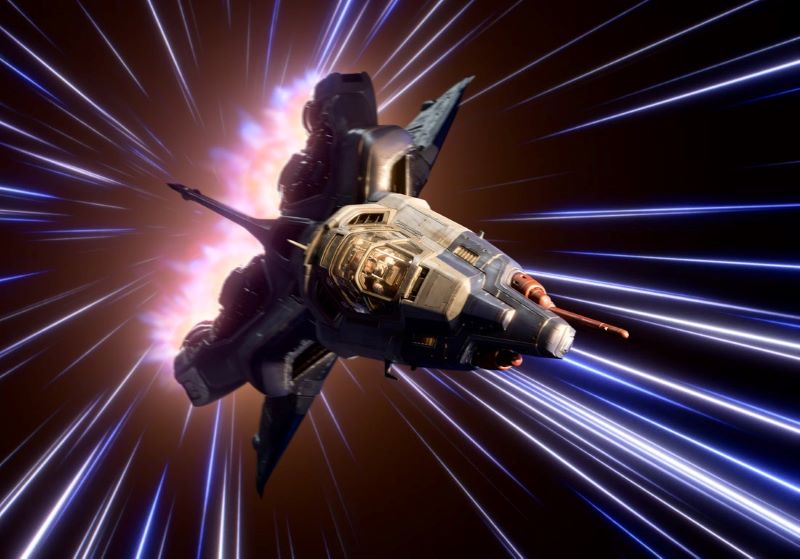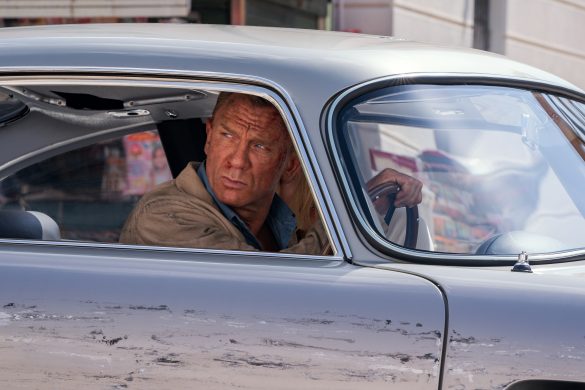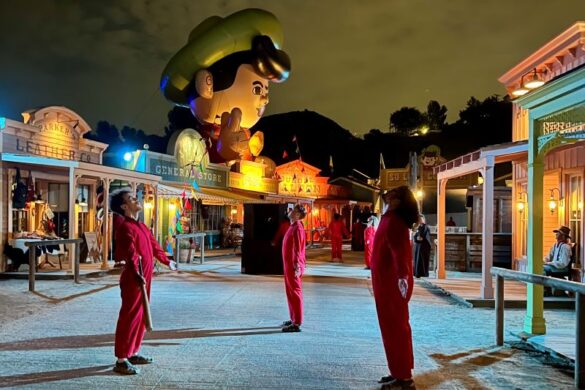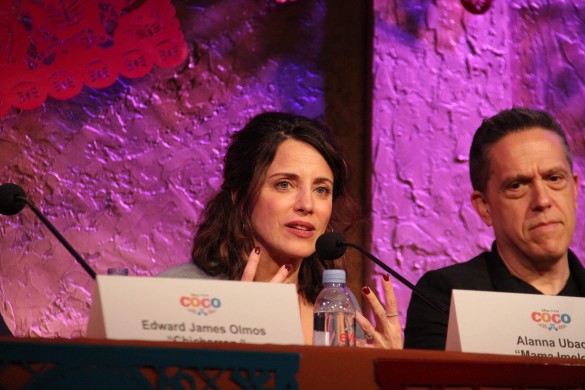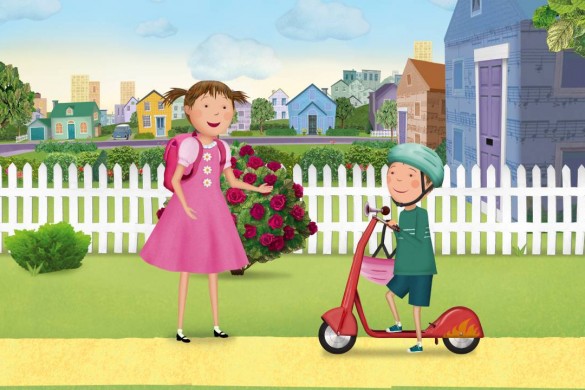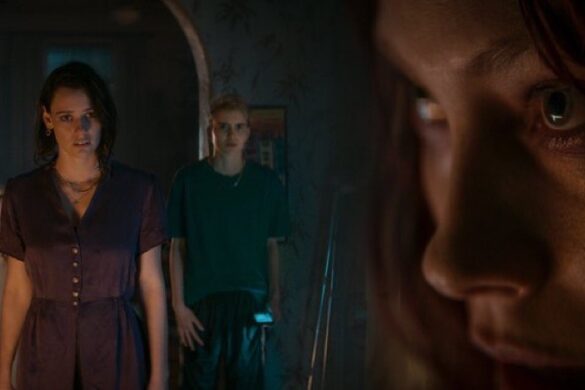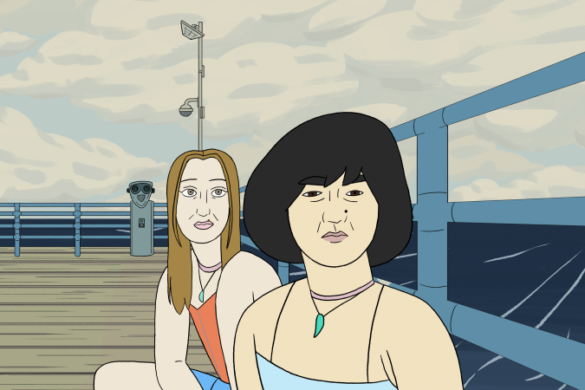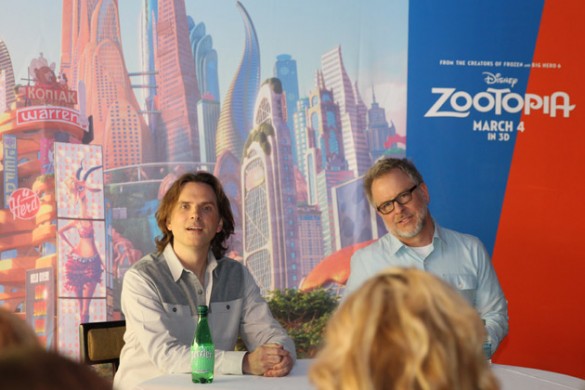“Lightyear” may look like another excuse to spinoff the “Toy Story” film franchise, but it promises to be something more. So far, Pixar teased fans with trailers hinting at the awe-inspiring excitement of space exploration with homages to Star Wars and Aliens. And the result is the animation studio’s first Sci-Fi epic that gives fans a brand-new perspective on the iconic space ranger that we’ve revered since 1995.

Pixar introduced Buzz Lightyear to the world 27 years ago when the first Toy Story hit theaters in 1995. Of course, back then, CGI animation was in its infancy, and as such, many of the human characters looked like plastic. But Pixar found a way around that by giving audiences a story that took place from the toys’ perspective. And we all know what happened next.
Though most of us are familiar with Buzz Lightyear as a toy, “Lightyear” is the origins story of Buzz Lightyear; the character would later inspire the action figure of the “Toy Story” films. Director Angus McLean envisioned the character as being from a film sci-fi epic designed to inspire a new generation. “Buzz is not a toy. He’s a human,” he said. “This is the real Buzz Lightyear, the character starring in Pixar’s first science fiction action-adventure.”
But rather than throwing the “real-life” Lightyear character against the Sci-Fi epic backdrop, McLean, who has been a part of Pixar Studios for 25 years, wanted to get to the heart of Buzz Lightyear. They soon discovered that Buzz was constantly at odds with his surroundings while developing the story. Or, as the director put it, Buzz was someone who always disagreed about the nature of reality. For example, in Toy Story, Buzz thinks he is a space ranger, and Woody disagrees. In Toy Story 2, another Buzz Lightyear toy thinks he’s the actual Buzz Lightyear, but the other Buzz Lightyear disagrees. And it’s been a constant theme for Buzz throughout the four films, TV specials, and shorts.
While many Pixar films are fantastical, they still have an ounce of truth embedded into the narrative. Something that helps the audience connect to the story on a deeper level. And for McLean, he found that he could continue continual Lightyear’s conflict with reality and our ongoing battle with time. Time doesn’t stop for anyone. “Time is moving on. It’s universal for all of us, never more acute than in the production of animated films,” he said.
During the presentation, MacLean chronicled the changes in Pixar’s lobby throughout his career and noted the triumphs, joys, and setbacks that have occurred along the way. “The studio is a bit of a time machine,” he said. “You see, our films, as I said, are very time-consuming to produce. ‘Lightyear took five and a half years. So when you finish these movies and you come up for air, the world is different outside the walls of Pixar. You feel the same, but the world has moved on in subtle ways.”
Using his hometown of Portland, Oregon, as an example, MacLean cited all of the changes that occurred while working on “Lightyear” as it “steadily changed from a provincial city with a small-town feel and a vibrant artistic community into a little bit of an overcrowded tourist destination, fueled by the tech industry boom, and the international fame was a place with friendly folks, great coffee, and no sales tax.”
That idea of going back in time or nostalgia plays a huge role in “Lightyear.” But rather than go back, the film finds itself leaping forward. “I wanted to build a hand around Lightyear’s nostalgia for the past while rapidly jumping to the future. So you’d have a story where buzz would be traveling rapidly through time because of his job. And because of that, it would separate him from society and his loved ones,” Maclean said.
And by using the theme of time, Maclean calls “Lightyear” “a fish out of water story. It’s like a Rip Van Winkle trapped in the future. He doesn’t recognize desperately trying to get back to the past to correct the mistake of his youth, a hero out of his own time.” And because this is a “Lightyear” movie, there will be a lot of space, space travel, and, of course, Zurg.
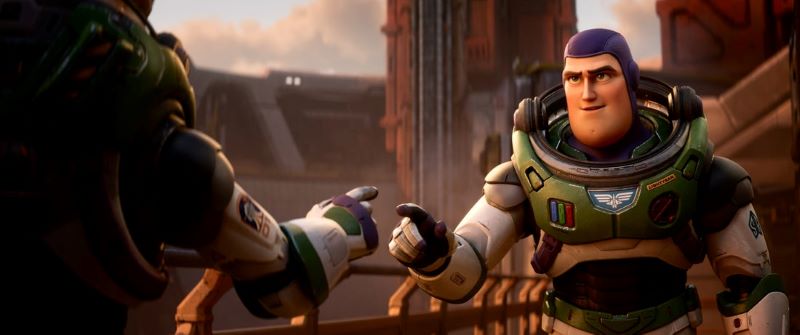
Since Pixar is adamant about grounding their fantastical films with humanity, achieving that signature Buzz Lightyear look while still feeling real and tangible meant doing some research at NASA. With help from “Turning Red” producer Lindsay Collins, producer Galyn Susman took key creatives on a comprehensive multi-day research trip to the Johnson Space Center in Houston. They saw the original control center for the Apollo missions and the current control center that tracks the ISS. The team also learned about spacesuit construction and the look and feel of buttons, dials, and knobs. They also saw replicas and capsules and even posed with astronauts sporting over 300+ lbs of gear.
But it wasn’t all looking. The team also got hands-on experience with working in a vacuum. Not only that, artists learned that the old suits weren’t built for petite women and that there’s a reason why there are no facial hair or glasses in space.
Achieving the look and feel of space, the equipment, and spaceships are one thing. But MacLean wanted to focus on two specific aesthetics. “To achieve this cinematic look, I wanted the design of the world to be cinematic, and I want it to be chunky,” he said. “I embedded a vision to the graphic image that would utilize high contrast atmosphere inspired by the look of a 1970s film, ‘Lightyear’ would mark a bit of a departure from the earlier films by using lenses and lighting techniques.”
“We’d build a believable, tangible world, and then we throw it away using shadow and atmosphere,” MacLean said. “We’d have bold lighting, emphasizing the graphic and letting the detail fall away, drawing the viewer into a rich world of a tangible alien landscape.” While he had a cinematic vision for “Lightyear,” it proved a challenge since it was an animated film.
“The other quality I wanted to have in the film was chunk. I want there to be a thickness and an obvious construction to things. The original Buzz has a tremendous sense of this chunk, inspired by a healthy dose of NASA and influenced by Japanese anime, but we didn’t want this new Buzz to look like a toy. So for ‘Lightyear,’ we brought on a conceptual designer Calum Watt to explore the possibilities. MacLean wanted “the technology to be a push-button world of inefficiency, a celebration of the early 1970s and 1980s vision of the future.”
They eventually settled on a rugged military aerospace design, combined with the 1980s consumer electronics. These aesthetics would then later inform the visual language from the ground vehicles to the spaceships and the rest of the characters and set pieces.

